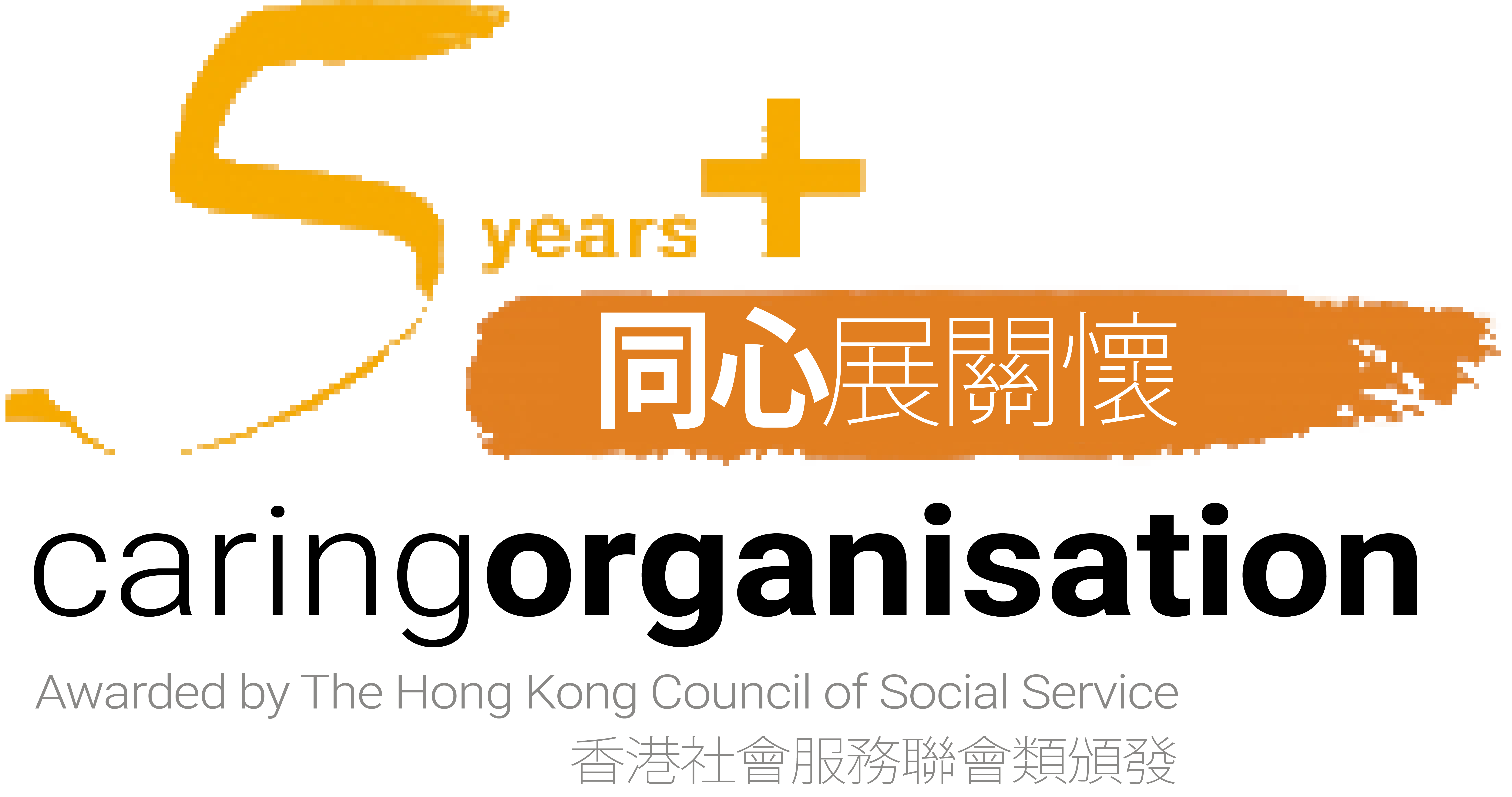News
Climate change: universities can serve as cradles for low-carbon policies and practices
// We are already seeing the health impacts of the climate crisis: an estimated 7 million people die from air pollution globally each year, with two-thirds of these deaths in Asia. Extreme climate events like heatwaves, worsening storms, drought, wildfires and floods have become more frequent in different parts of the world, endangering our lives and livelihoods, as well as critical infrastructure such as energy and transport systems.
For a city like Hong Kong, the impacts of climate change are potentially dramatic. We are feeling this already with hotter days arriving earlier and finishing later in the year, and typhoon warnings coming as late as December. Government data shows the water level of Victoria Harbour has risen at an average rate of 31mm a decade over the past 70 years, an alarming trend for a city surrounded by water.
Climate change is bigger than any one sector. All of us have a role to play, and our universities are no different. While our climate scientists, energy specialists and engineers can inform public policies and help frame the economic architecture of a green economy, universities, as educators of tomorrow's leaders and carbon emitters in our own right, must exercise our civic responsibilities, starting with our campuses.
The Chinese University of Hong Kong, for example, responded to Hong Kong's Climate Action Plan 2050 by being the first university in the city to set a carbon neutral target, and others have now followed suit. Our public universities collectively enrol over 100,000 students, employ more than 30,000 people and have an extensive physical footprint across the city. //
Read the article in full: https://bit.ly/39u0hJc
Climate change: universities can serve as cradles for low-carbon policies and practices
11 June 2022
// We are already seeing the health impacts of the climate crisis: an estimated 7 million people die from air pollution globally each year, with two-thirds of these deaths in Asia. Extreme climate events like heatwaves, worsening storms, drought, wildfires and floods have become more frequent in different parts of the world, endangering our lives and livelihoods, as well as critical infrastructure such as energy and transport systems.
For a city like Hong Kong, the impacts of climate change are potentially dramatic. We are feeling this already with hotter days arriving earlier and finishing later in the year, and typhoon warnings coming as late as December. Government data shows the water level of Victoria Harbour has risen at an average rate of 31mm a decade over the past 70 years, an alarming trend for a city surrounded by water.
Climate change is bigger than any one sector. All of us have a role to play, and our universities are no different. While our climate scientists, energy specialists and engineers can inform public policies and help frame the economic architecture of a green economy, universities, as educators of tomorrow's leaders and carbon emitters in our own right, must exercise our civic responsibilities, starting with our campuses.
The Chinese University of Hong Kong, for example, responded to Hong Kong's Climate Action Plan 2050 by being the first university in the city to set a carbon neutral target, and others have now followed suit. Our public universities collectively enrol over 100,000 students, employ more than 30,000 people and have an extensive physical footprint across the city. //
Read the article in full: https://bit.ly/39u0hJc










